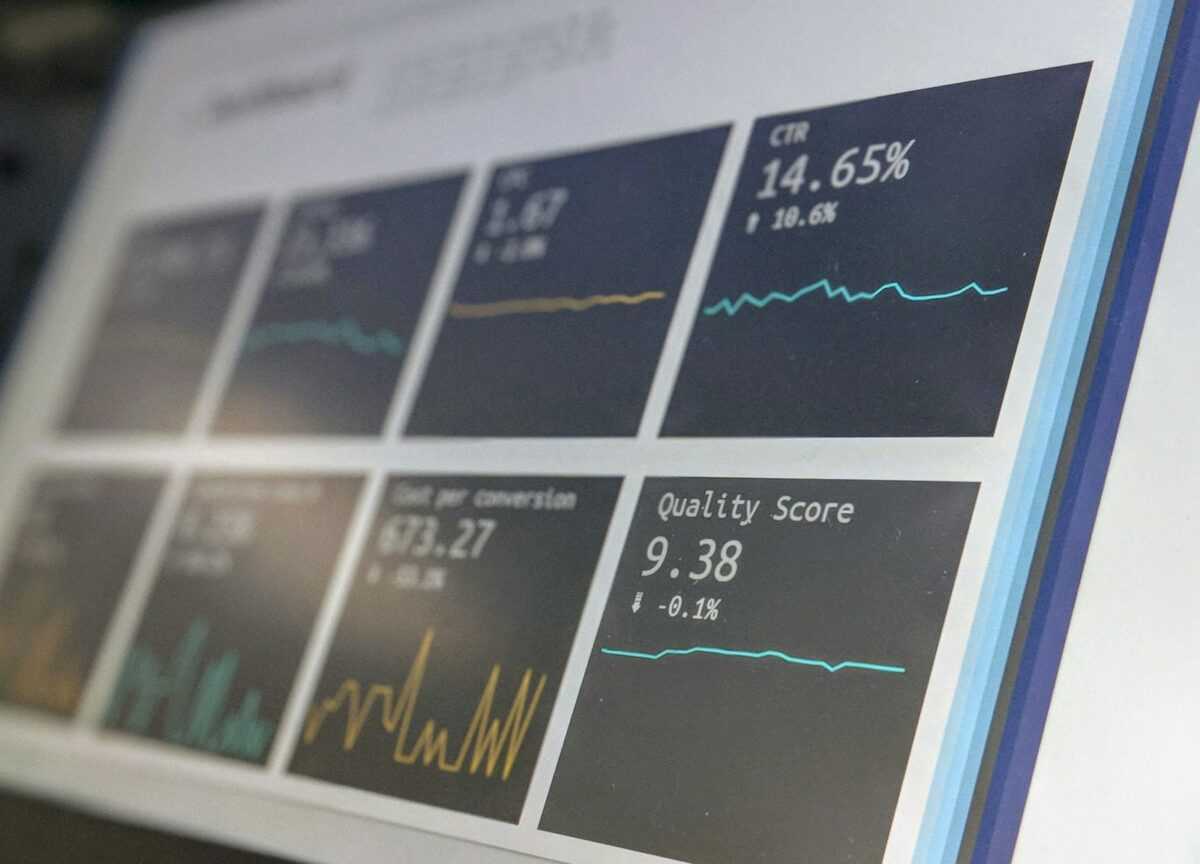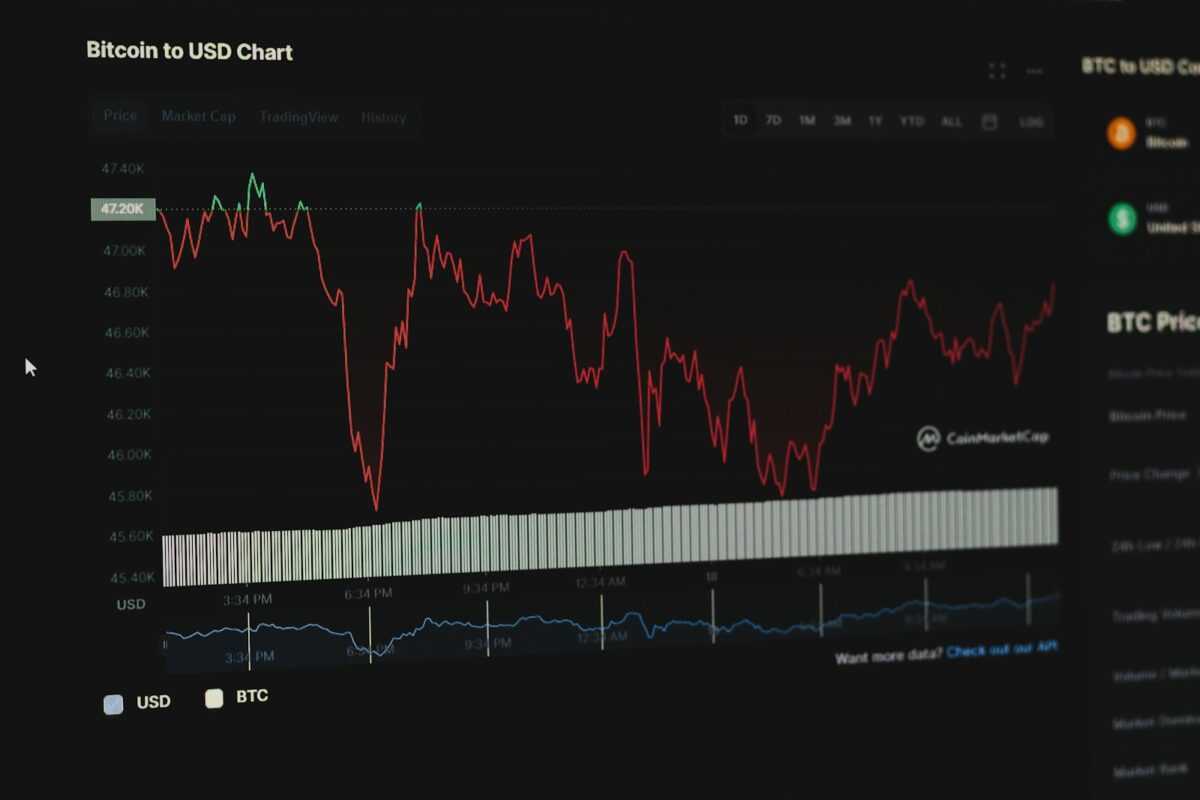Market cycles – understanding crypto patterns
Recognizing the phases of bullish and bearish movements is critical for timing entries and exits in cryptocurrency investments. Recent data from CoinGecko reveals that the average bull run lasts approximately 9 months, followed by a bear market stretching over 15 months. This rhythm influences asset valuation, liquidity flows, and trader sentiment across decentralized exchanges. Effective … Read more










